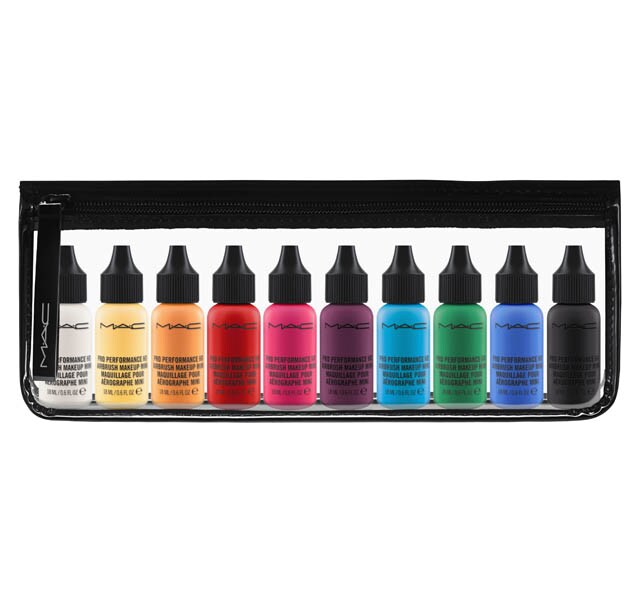Some Of Recharge Coolant Cars Over 75,000 Miles
The machine is reduced and requires recharging if the low and high pressure indicators look low. But before any refrigerant is included, check for leaks in which the refrigerant is currently moving to find out.
Newer vehicles have seals and barrier style hoses so typically leak less than a few tenths of an ounce of refrigerant per year. But therefore any reduction of refrigerant may have more of an adverse effect on performance that is cooling system capabilities also tend to be smaller on newer vehicles.

Most leak fixes require replacing O-rings, seals or hoses. But if the evaporator or condenser are leaking, repairs can be costly. Connecting a gauge set to the low and high pressure service matching on the system best does POOR COOLING PERFORMANCE Diagnosing an A/C cooling difficulty. Though inferior cooling is often because of a very low cost of refrigerant, it may also be caused by many other factors (see graph above).
On an 80 degree day, the LOW gauge should read about 56 psi or higher if the A/C machine includes an adequate charge of refrigerant. On a 90 degree day, the LOW side reading ought to be about 70 psi or higher. The A/C system requires some refrigerant, if the LOW gauge reading is less than this.

The Only Guide to Recharge Coolant Cars Over 75,000 Miles
Most newer passenger car A/C systems do not consume much refrigerant (14 to 28 ounce ) , which means you don't need to include. This is sometimes caused by air and why not try these out moisture in the system that allows ice block and to form the orifice tube.

Air can get inside a procedure through leaks, by not distributing the machine before recharging it, or by massaging the system with refrigerant that is contaminated with atmosphere. Recovery gear can suck air to the tank in an A/C system comprises air or if the system has a flow.
This is done mechanically. But on equipment that lacks an automatic purge cycle, tank temperature and pressure needs to be quantified and compared to some static strain benchmark chart. Some refrigerant identifier equipment can detect air . An identifier ought to be employed to check the refrigerant prior to the system is serviced to prevent cross-contamination of recycling and recovery equipment.
This change prevents the compressor from working if the refrigerant level is low. It may prevent the compressor from arriving on In the event the cutout change is not reading properly. Faulty compressor clutch. The magnetic clutch on the compressor requires battery voltage. If the voltage to the clutch is reduced, or the clutch coils have an excessive amount of resistance, or even the air gap in the clutch is too great, Look At This the clutch might not participate to push the compressor.
The Main Principles Of Recharge Coolant Cars Over 75,000 Miles
Once the A/C is turned on, check to determine if voltage is being received by the relay. Check ground links and the relay wiring. If bypassing the relay or routing battery voltage directly into the compressor clutch makes the A/C operate the relay is most likely bad. Switch is controlled by faulty A/C.
Some probable causes of irregular cooling (or some heating ) on automatic A/C techniques incorporate all the above, also:A problem from the management module or controller mind (this usually involves using a dealer scan tool to read error codes and perform self-diagnostics). A terrible temperature detector (a ambient air temperature sensor, you can look here interior air temperature sensor, evaporator temperature detector, or sunload detector ).
